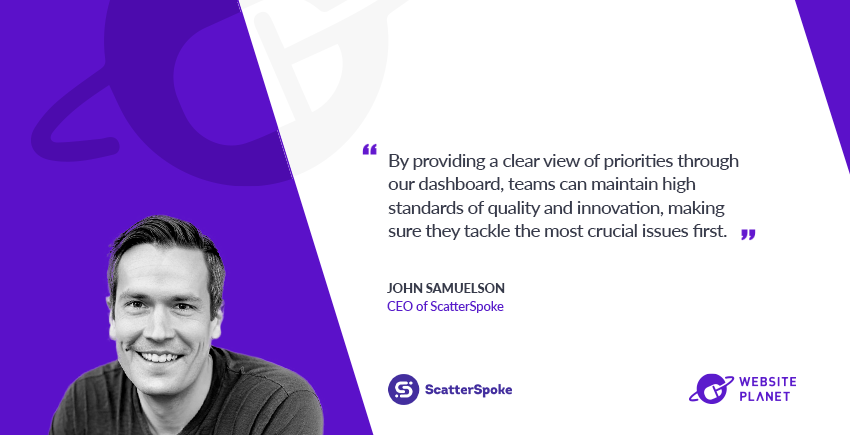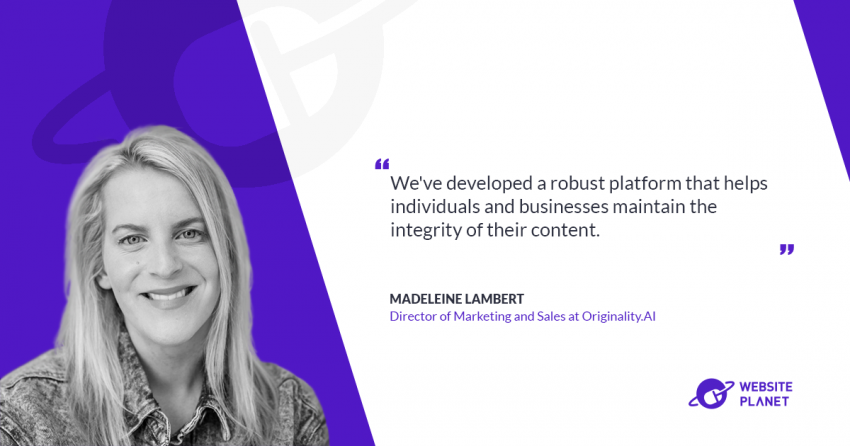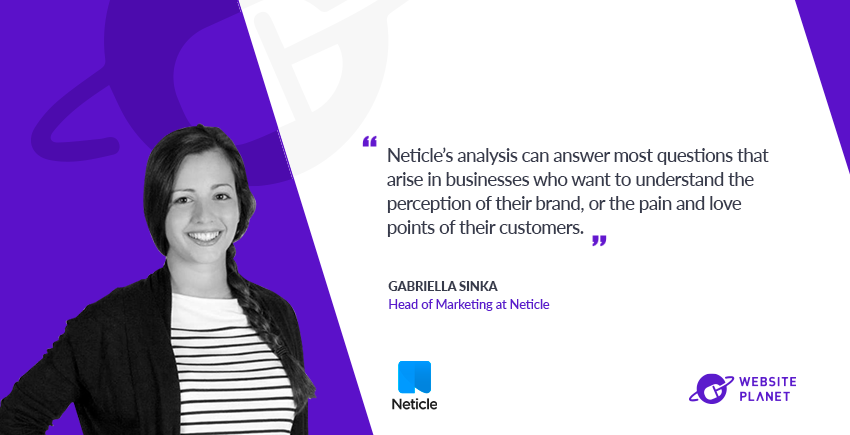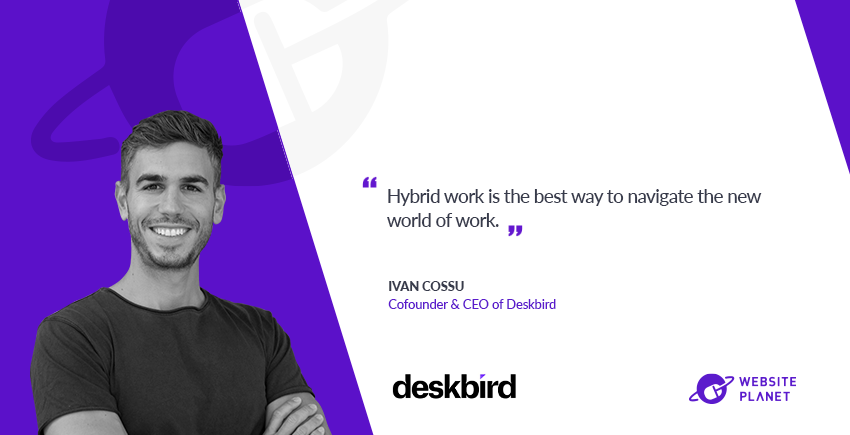This week, Website Planet had the opportunity to interview Josh Koenig, Co-Founder and Chief Strategy Officer of Pantheon . We discussed the company beginnings, how they stay ahead of the competition of the
best web hosting providers for Drupal, and what is in the future of the industry.
Can you provide an introduction to Pantheon for our audience?
The founding team, myself and three others, formed Pantheon in 2010. As developers and early adopters of open source Content Management Systems (CMS), we had developed a consulting practice based in part around applying modern software development practices (Agile/Scrum) and DevOps (continuous integration and deployment) to our work. We could see that many of our peers in this space struggled, and that solving the problem in a bespoke way, one client at a time, wasn’t going to cut it.
We saw a market opportunity to deliver what we’d developed SaaS-style, so that any organisation trying to deliver more value via their websites could quickly improve their underlying platform, and uplevel their practice. That was core functionality of Pantheon: fast and secure production infrastructure delivered in a “serverless” model, along with best practice development workflows to support large teams and a high-tempo release process ready to go out of the box.
We’ve built a WebOps platform that today enables teams to develop, test, and release website changes faster and more reliably without worrying about managing site uptime and performance. We help organisations such as Stitch Fix, Docusign and MGM collaborate cross-functionally and reduce toil through automation so they can focus on delivering the best digital experiences that create value for their company. We also help enterprise organisations like Pernod Ricard at scale. Global companies don’t have one website; they have tens, hundreds, sometimes thousands, with different business stakeholders and implementation teams around the world. Pantheon makes that not just manageable, but productive. Impactful, even.
That’s because alongside the technical side of managing a website portfolio, our product is focused on healthier and more effective practices. We recognise that there is often a disconnect between developers and marketing teams because they have different goals to meet. Those goals are all important, so how can you help all those teams meet their objectives rather than getting into conflict which slows down the release process? Our latest Pantheon and Hanover Research findings show that more than one-third (34%) of respondents anticipate competing priorities to be this year’s biggest obstacle. Building the right WebOps approach should help you deliver sites faster, and help each team achieve their goals – the aim should be better collaboration rather than competition. That’s what leads to business impact.
What is your background prior to Pantheon? How has your career evolved so far?
My background spans over 20 years, starting out as an independent web developer in the late ‘90s to today, the Co-Founder and Chief Strategy Officer at Pantheon. In my last role before Pantheon, I was the founder of Chapter Three, a full-service web agency, with a focus on Open Source in general, and Drupal in particular.
Now, I am working to put the magic of the internet in everyone’s hands, helping our customers deliver results through the open web, and rallying Pantheon behind our long-term vision for WebOps, working closely with our research and development and getting to market teams in doing so.
Who would you say is Pantheon’s typical customer?
Pantheon’s WebOps platform can help any organisation looking to drive their business through the web, but we have particularly unique value if you have a mission-critical website, a larger team (or digital agency relationship), or a portfolio of web properties to manage. Our stand-out customers have all three. WebOps helps teams looking to adopt an agile approach to Marketing, focusing on growth and optimisation, where there’s a desire to innovate around the web experience that they provide.
Organisations like the ACLU (American Civil Liberties Union), a vital public service provider for American citizens around key political, social or economic events, rely on our hosting infrastructure and development tools to manage their site. As their primary communication channel, they see unprecedented traffic spikes around big events, and their communications team needs to focus on executing campaigns or sharing key messages – not worrying about the site, or any of its dozen affiliate sites – going down. We help them meet the moment and turn national news into action.
Other example customer use cases include companies that use their sites to run their B2B and B2C Marketing/Sales funnels, media companies and networks, as well as larger institutions such as higher education and healthcare. Oftentimes we’re part of resetting a relationship between Marketing and IT; our research has shown that over 80% of Marketing and IT leaders think they own the website, when in reality the modern era demands a more nuanced and collaborative approach, which we can help them achieve.
What makes Pantheon’s hosting service for Drupal and WordPress stand out in today’s market?
Pantheon’s out-of-the-box web management tools offer so much more than just hosting. Our serverless infrastructure model eliminates infrastructure as a concern for the team, while our platform helps customers adopt proven DevOps practices that increase productivity, enabling web teams to focus on optimising and innovating to deliver more engaging digital experiences.
Every site on Pantheon runs on version control, and every branch gets a dedicated online environment that perfectly mirrors production, with no infrastructure to manage, so developers can work faster and more easily. This supports best practice Continuous Integration, online review with stakeholders, as well as our own automation of routine CMS and plugin updates with zero-configuration visual regression testing.
Our aim is to give developers more time to innovate and better tools to collaborate, thus delivering even greater value to the organisation, rather than being focused on hosting, infrastructure, and required maintenance updates. Our survey showed that over half of teams currently take a month or more to make an update to a website, which is clearly insufficient to support the needs of any serious digital organisation.
For the sites themselves we provide advanced site monitoring, automated backups, and integrated global CDN with full site caching and HTTPS auto-provisioned, plus integrated Application Performance Monitoring to troubleshoot performance bottlenecks. All this gives IT managers peace of mind, and lets Marketing stakeholders achieve the best possible SEO and customer-facing pagespeed.
As a company, Pantheon’s goal is to provide unrivalled speed, uptime, and scalability for sites, as well as teams. We make a high performance platform that is what we believe to be the best place for Drupal and WordPress portfolios to run.
In your opinion, when should people choose Drupal over WordPress?
I believe it’s a case of asking yourself, “Which CMS is better for my project?” when choosing between Drupal and WordPress. They are both great tools, but they differ in many ways. The easiest way to choose between them is to look at your overall goals and how much customisation you want to put in to achieve them.
WordPress has followed a mission to “democratise publishing” and has a more productized administrative interface that offers a great editorial experience out of the box, allowing creators to ramp up quickly. With a fast and simple interface, WordPress is the fast route to publishing productivity, including in the Enterprise.
Drupal is more complex, allowing users to create multiplex and custom data relationships across various types of content. It also has native support for multilingual content and a wide range of data types. This makes Drupal ideal for sites that have large amounts of more complex content to manage. Where WordPress is built around a mental model of posts, Drupal is built around a fully customizable database. So, it’s not the best option for simple sites, but if you want to re-use/remix content, offer database-driven experiences (e.g. searchable directories), or need to model and use complex data as part of delivering a differentiated experience, Drupal may be your bet.
Deciding on the CMS that best suits your website ultimately depends on your specific website requirements. Drupal offers both power and flexibility, although it may require a higher initial investment. However, if your needs are complex, opting for Drupal will prove cost-effective in the long term, as it provides the necessary foundational support for your website.
Apart from your platform, what tools would you implement in the tech stack of a Drupal site?
Most sites are going to have some form of Martech or Adtech that are key to achieving their mission. At a minimum, some kind of analytics will be necessary. If the site owner doesn’t have visibility into visitor engagement and behaviour, they won’t know whether their agile iterations on the site are improving things or not.
More sophisticated teams will make use of A/B testing tools which allow them to vary the visitor experience for a percentage of the traffic, so they can measure the lift from their changes against a control group. They may also make use of a personalization tool, often backed by a Customer Data Platform (CDP), that can help segment the visitors by audience and deliver the right experience at the right time, while still respecting their privacy and abiding by all rules and regulations. Say goodbye to sliders, and hello to more relevant content.
Ultimately the stack will be mission-driven. We have a network of trusted partners and technology solution providers through the Pantheon Partner Directory which helps our customers shorten the path to finding these capabilities and implementing them. Alongside those technology partners, we also have an agency partner network with more than 2,500 members. These agencies use Pantheon to make it easier to build sites for their customers, and they can add value around their expertise and sector knowledge. They can bring in the right tools around Drupal for customers too.
What trends do you envision will be key in the near future?
It’s now possible to deliver the same quality of experience via the open web as in native apps, which is increasingly what end users expect, and what customer-obsessed companies want to deliver. This is accomplished by a new wave of modern web development practice, currently centred around buzzwords like Jamstack and Headless, that’s in transition from “innovators” and “early adopters” to the “early majority” customer segment.
Many companies are investing in this – as an example, Shopify has been investing in its own modern web development framework called Hydrogen, which allows you to build fully custom storefronts on its headless e-commerce platform. But this approach also has a lot of pitfalls; it requires decoupling previously monolithic CMS tools into separate (modern) front-ends, and (“headless”) back-ends, often necessitating multiple platforms/providers. This increased complexity drives up project cost and risk, and creates real challenges for long-term maintenance.
We’re seeing technology leaders making more clear-eyed assessments of when and why to start a modern front-end project. More business value, less chasing shiny objects. We’re also investing in the next generation with our own Front-End Sites capacity designed to connect to a headless WordPress or Drupal CMS, and I’m confident that as best practices solidify and platform support improves, more companies will find it easier and cheaper for their teams to build using modern web development models like Jamstack.
I think the biggest trend related to WebOps will be the formation of new teams that collaborate cross-functionally to really take ownership of the web as a channel and drive results. As we enter the third decade of the web, the old models of how we work together with their Marketing and IT silos and massive Enterprise deployments just aren’t going to measure up. We need marketers and developers working together to quickly publish new content and release new features, while still giving IT peace of mind that services are performing well and resources aren’t going to waste. This involves work at the technology level, but also working on processes to make it easier to collaborate overall.

















